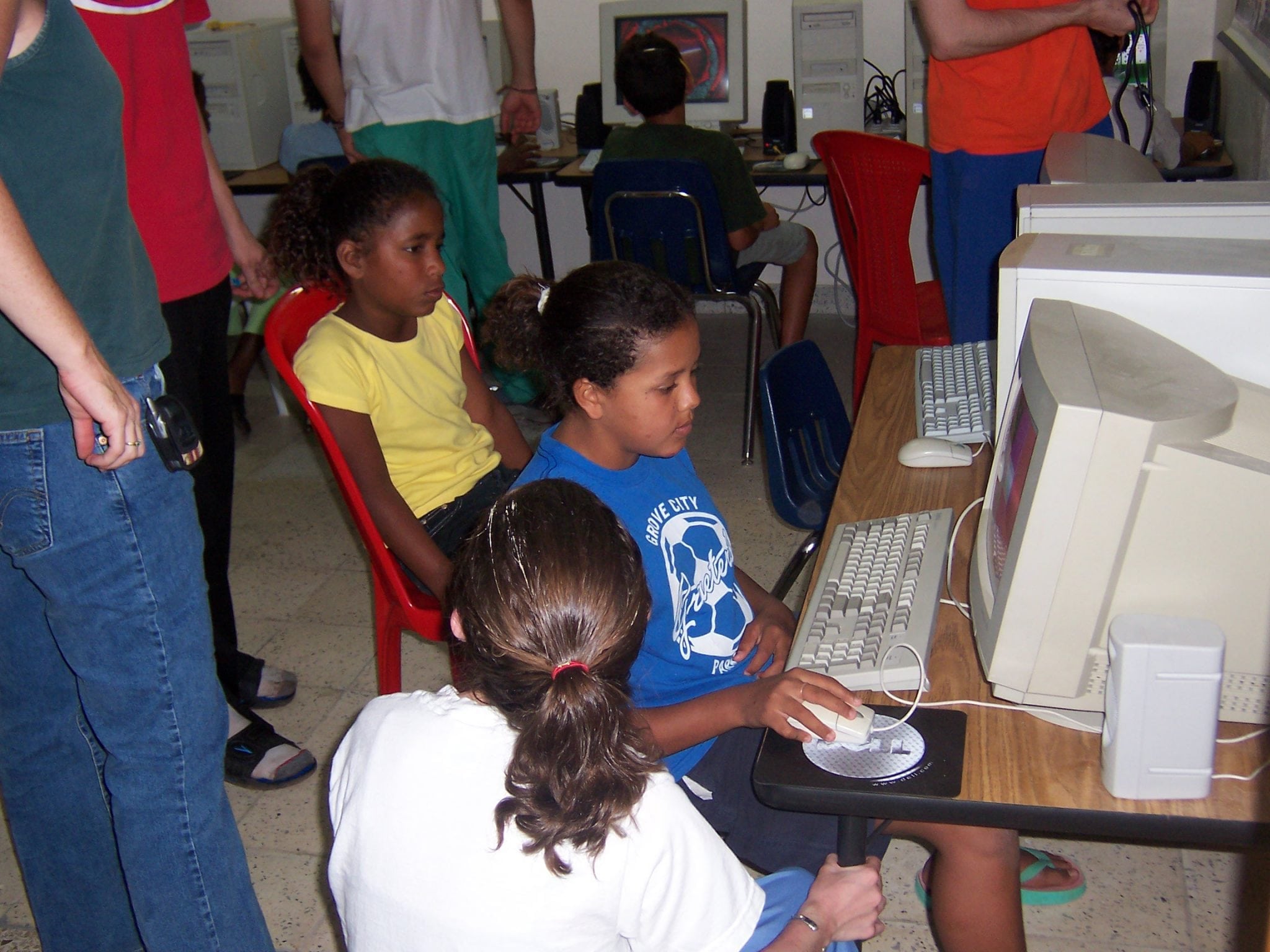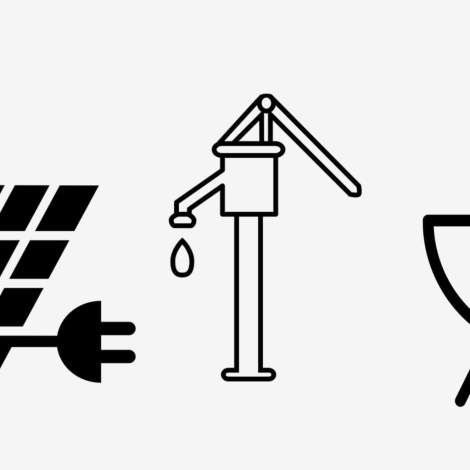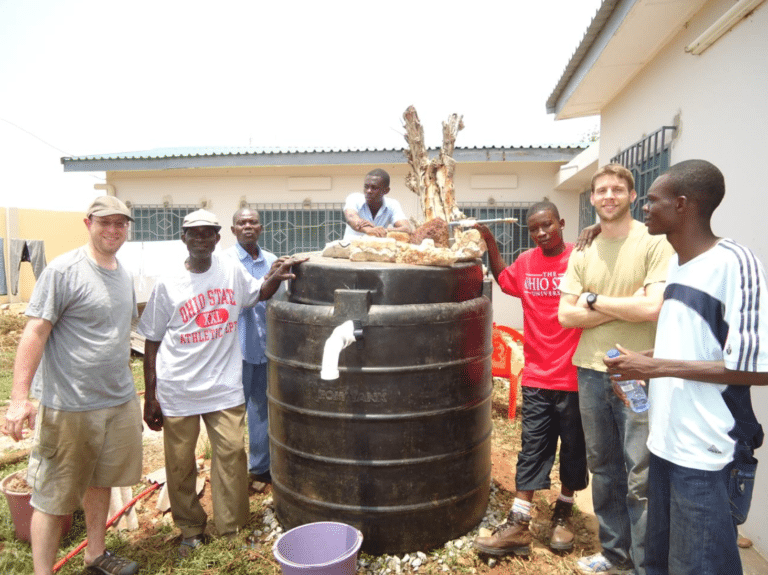This is the third in a series on principles based on the textbook Humanitarian Engineering: Creating Technologies that Help People, by Kevin Passino. This series is adapted by the author for Engineering for Change. Download Humanitarian Engineering, 3rd Edition, for free.
In line with the two previous principles (linked below in case you missed them), it is important to understand the social and physical context of the people in a community. Each person has a different social context, one that influences them in many ways, and which can extend past the community to the region or country (e.g., government). There are dominance relationships, and sometimes discrimination and marginalization. The “power structure” in a community affects a lot about what can and cannot be achieved in an engineering project, and sometimes how the benefits of a technology are shared.
It is very difficult to get a power structure to align with your goals if they are not already consistent with the power structure. You cannot expect much to change, if anything, about a social context on a relatively short visit. Indeed, culture affects the power structures in a community. Perhaps the best you can do is to learn about the culture of the country you work in, the community you are going to work with, and do two things: (i) set the example of inclusion by how you work (e.g., including women in decision-making and work activities traditionally associated with men), and (ii) try not to amplify inequalities and discrimination in how you perform a project or via the fruits of the project.
The power structure of a community affects what can be achieved in an engineering project, and sometimes how the benefits of a technology are shared.
Learning the history of the country you are working in can help raise your awareness of how the social context impacts people in the community, and how people view you and the engineering project. For instance, if the country where you are from has carried out a military intervention in the country where you are working, or if your country is associated with negatively viewed business practices, people in the community may start out with a bias against you (e.g., find it hard to believe that you are there to help, and not exploit).
Closely connected to the social context is the physical context, which includes the natural and built environments. This includes lakes, rivers, creeks, farm land, desert, and mountains, along with houses, buildings, roads, and bridges. It also includes resources (sometimes called “community capital”) and institutions (e.g., schools). All these affect what is needed by a community. Together the social and physical contexts affect what resources community members can contribute to the completion of a project. The social and physical environment will typically provide constraints for engineering projects, but also show what resources are available to get things done. The humanitarian engineer needs to understand these to be effective in project execution.

Ohio State University student and faculty humanitarian engineers converted a morgue into a computer lab for children’s education at Montaña de Luz HIV/AIDS orphanage in Honduras. Photo courtesy of Kevin Passino
Humanitarian Engineering Series
Humanitarian Engineering Principle One: Focus on People
Humanitarian Engineering Principle Two: Relate, Listen, Ask, Cooperate, Empower
Humanitarian Engineering Principle Four: Be a Professional Humanitarian Engineer
Humanitarian Engineering Principle Five: Build Technological Capacity
Humanitarian Engineering Principle Six: Ensure Long-Term Positive Impact
Humanitarian Engineering Principle Seven: Understand Impact from Social Context
Humanitarian Engineering Principle Eight: Design for Sustainability
Humanitarian Engineering Principle Nine: Assess Outcomes
Humanitarian Engineering Principle Ten: Promote Human Dignity, Rights, and Fulfillment

